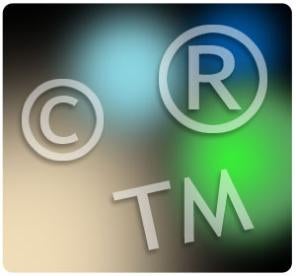In April, the US Seventh Circuit Court of Appeals issued a decision in Sprecht v Google Inc which provided an interesting analysis of various acts that do not constitute use of a trade mark.
In 2002, Sprecht had obtained a trade mark registration for the mark Android Data covering certain computer e-commerce software. The certificate of registration issued at a time when Sprecht’s company was in the process of ceasing operations. Five years later, Google adopted the Android mark as the name of its operating system for mobile phones. Sprecht filed a law suit claiming that Google’s use of the Android mark infringed on his Android Data mark (which remained the subject of a registration). Google counterclaimed that Sprecht had abandoned the Android Data mark in 2002. The District Court ruled in favour of Google and appeal was taken to the Seventh Circuit Court of Appeals.
The primary issue before the Seventh Circuit was whether or not Sprecht had abandoned the Android Data mark. Under US trade mark law, a mark is abandoned if use has been discontinued with no intention to resume use. Nonuse of a mark for three consecutive years serves as prima facie evidence of abandonment. As the Seventh Circuit noted, this presumption of abandonment may be overcome with evidence demonstrating an intent to resume use. However, the intent to resume use of the mark at issue must be formulated within three years of the last use of the mark and must specifically relate to the offering of goods or services.
Since Sprecht had stopped using the Android Data mark in 2002, he needed to demonstrate a resumption of use before 2005 in order to overcome the claim that he had abandoned the mark.
Sprecht cited four activities to demonstrate allegedly continued use of the Android Data mark, namely:
- attempts to sell the business’s assets
- keeping phone service in place for the company
- maintaining the company’s web site
- sending a mass mailing and unsuccessfully attempting to license software to a third party
The Seventh Circuit quickly dispensed of the first two activities and, based on the facts in evidence, held that the third and fourth activities were not sufficient to constitute use of the mark.
In particular, the Seventh Circuit held that maintaining a website – even one which bears the trade mark – did not establish use of the mark since there were no goods or services provided on or through the website after 2002. Similarly, the Seventh Circuit did not accept the mass mailing or licensing attempts as “use” because such incidents were isolated and not sustained, holding that “sporadic attempts to solicit business are not a use in commerce meriting the protection of the Lanham Act”.
This case is instructional as it indicates that not all uses or efforts to use a mark are sufficient to satisfy the statutory requirements for “use”.






 i
i


